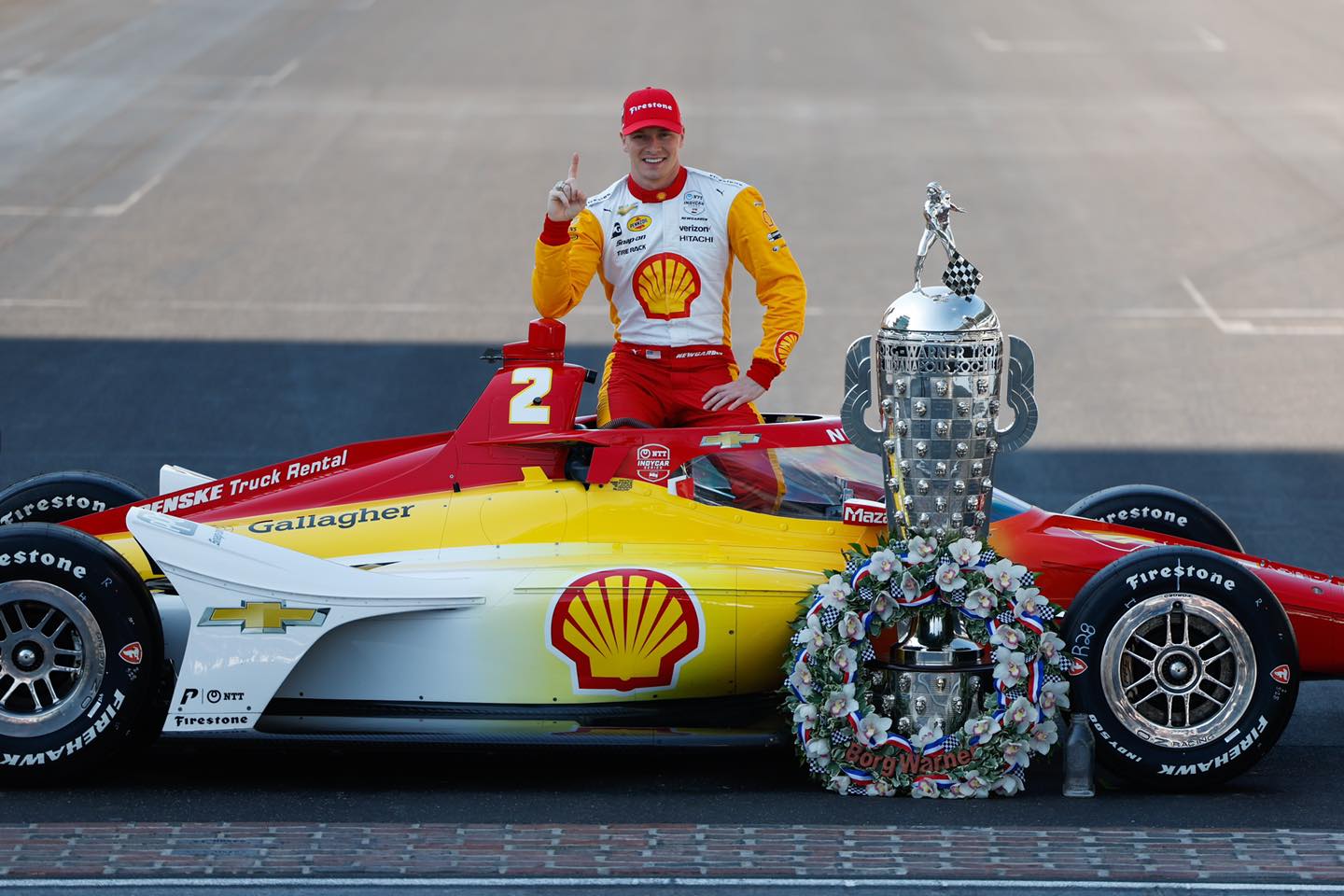
Every Memorial Day weekend, motorsport enthusiasts around the globe turn their eyes to Indiana for one of the most thrilling events in racing history. The Indianapolis 500, fondly known as the “Indy 500,” isn’t just a race; it’s an American institution steeped in tradition, innovation, and heart-pounding excitement. As a seasoned fan or a newcomer, these 15 facts will deepen your appreciation for this legendary event.
The Birth of a Legend in 1911
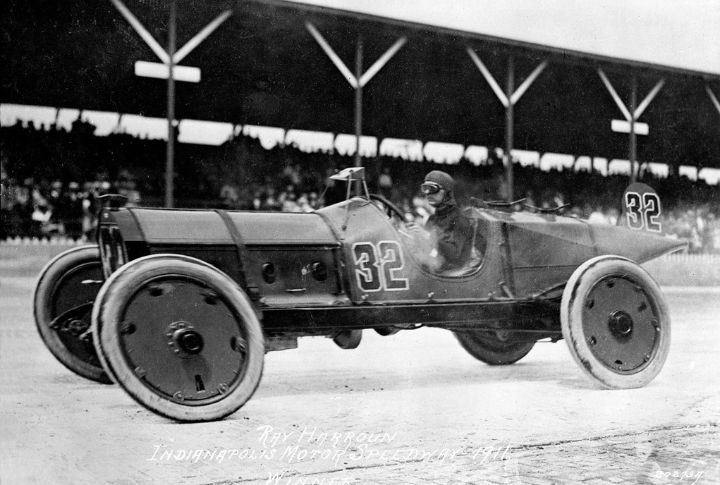
The inaugural Indianapolis 500 took place on May 30, 1911. Ray Harroun emerged victorious in his Marmon Wasp, pioneering the rear-view mirror concept. This historic race began a tradition that would captivate millions for over a century.
Racing 500 Miles in 200 Laps
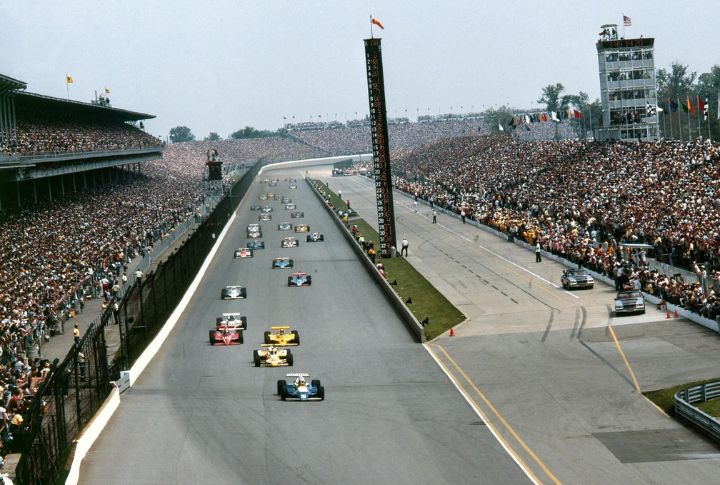
Drivers race 500 miles, covering 200 laps around the iconic 2.5-mile oval track. The demanding distance tests their endurance, skill, and strategy, making each lap an essential component of their quest for victory.
The Iconic Borg-Warner Trophy
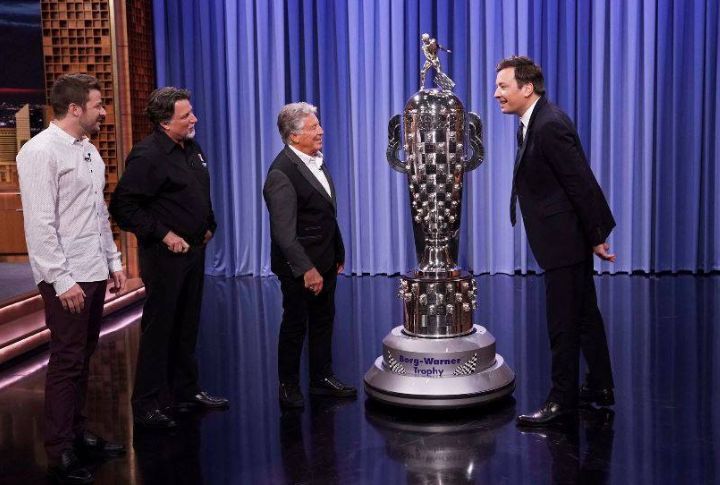
Indy 500 winners are awarded the prestigious Borg-Warner Trophy, first introduced in 1936. Standing over five feet tall and featuring the sculpted faces of every winner, the trophy symbolizes the pinnacle of achievement in motorsports.
Legendary Drivers
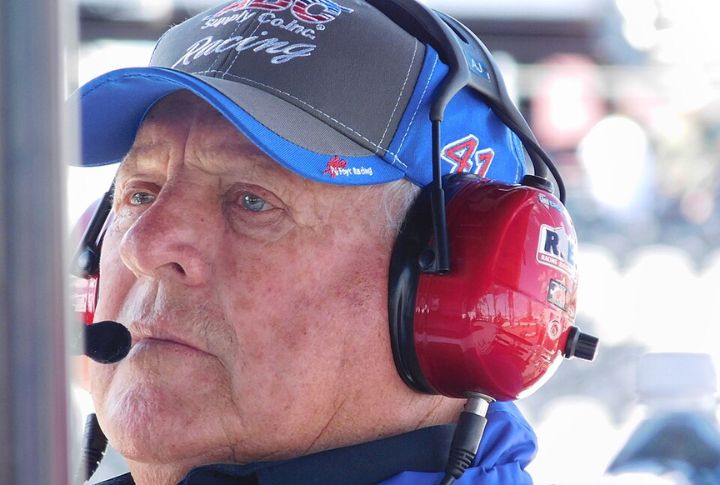
Legends like Al Unse A.J. Foyt,r Sr., and Rick Mears have left an indelible mark on the Indy 500. Their multiple victories and exceptional driving skills have inspired generations of racers and fans.
Arie Luyendyk’s Record-Breaking Lap
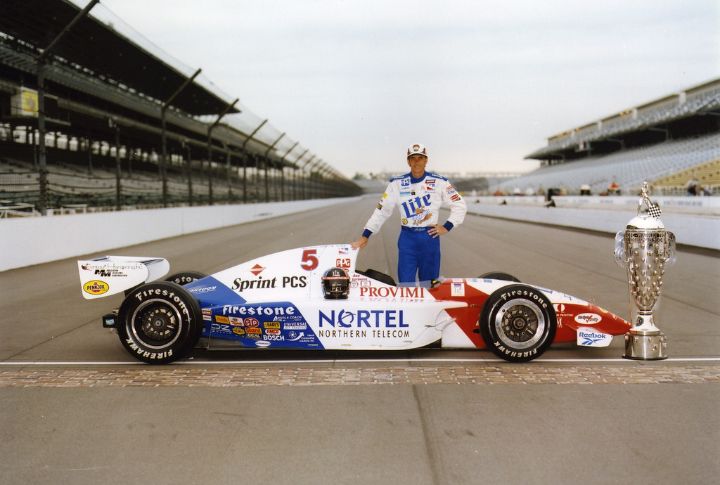
Arie Luyendyk set the fastest lap at the Indy 500 in 1996, going 237.498 mph. It illustrates how fast and precise it takes to compete at the top.
Pre-Race Traditions
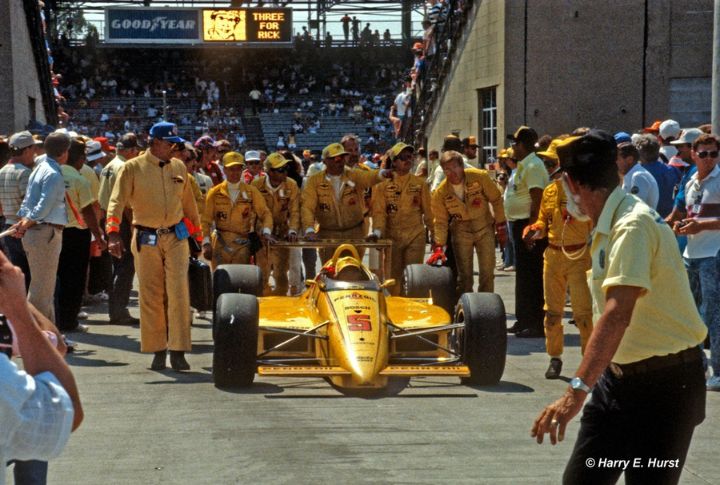
Pre-race ceremonies have long been a tradition at the event. One of the most beloved is the singing of “Back Home Again in Indiana,” a moment that brings together drivers, teams, and fans in a heartfelt celebration of the event’s rich heritage.
Massive Global Audience
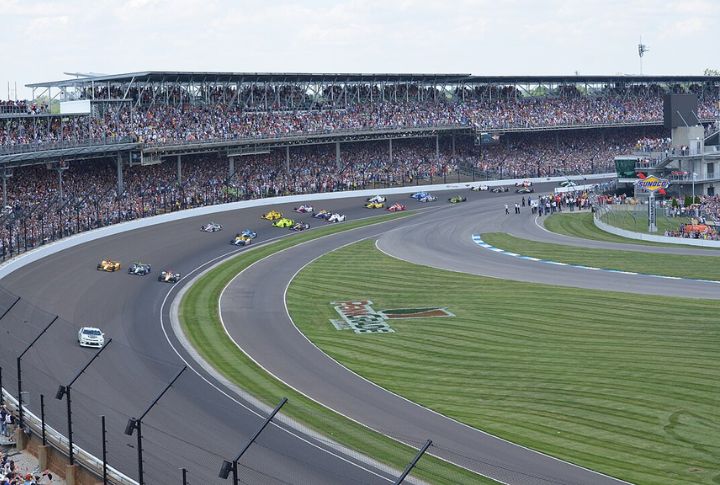
As one of the most attended sporting events in the world, the Indianapolis 500 attracts hundreds of thousands of spectators to the Speedway and millions of viewers worldwide.
Milk for the Winner

A unique Indy 500 tradition involves the winner drinking a bottle of milk on Victory Lane. The iconic and refreshing buttermilk symbol dates back to 1936 when Louis Meyer requested it after winning a race.
Interrupted by War
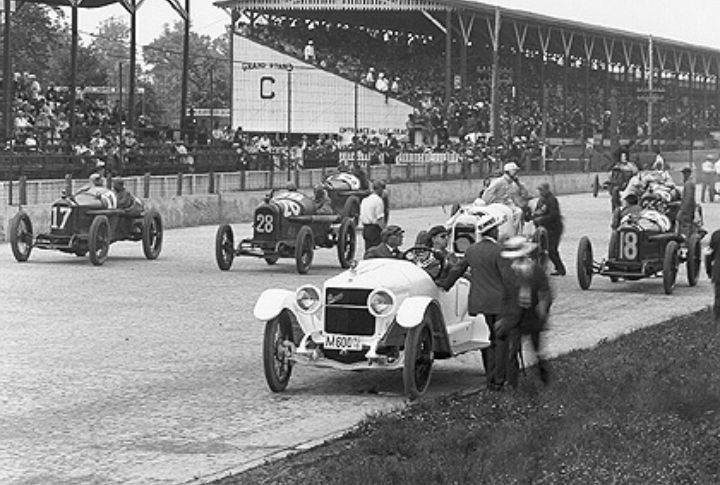
For some years, the Indianapolis 500 was not held, including World War I (1917-1918) and World War II (1942-1945). These interruptions reflect the race’s deep connection to historical events and its resilience in the face of global challenges.
Substantial Cash Prize
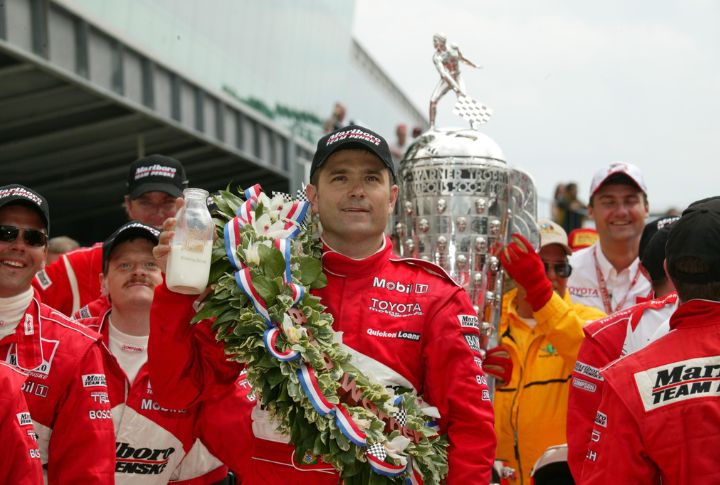
Beyond the trophy and fame, the Indy 500 winners receive a substantial cash prize. This financial reward recognizes their extraordinary skill and dedication, adding another layer of prestige to their victory.
Mario Andretti’s Triple Crown
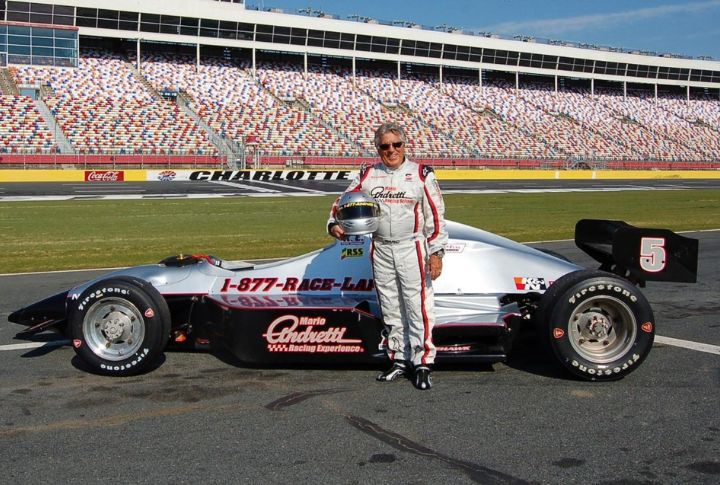
Andretti is the only driver to win the Indy 500, the Daytona 500, and the Formula One championship, which shows his versatility and exceptional talent.
Hub of Innovation

Several technological advancements in automotive design and safety have been inspired by the Indy 500. In addition to aerodynamics and fuel efficiency, innovations pioneered at the Speedway often find their way into ordinary vehicles
The Largest Sports Venue
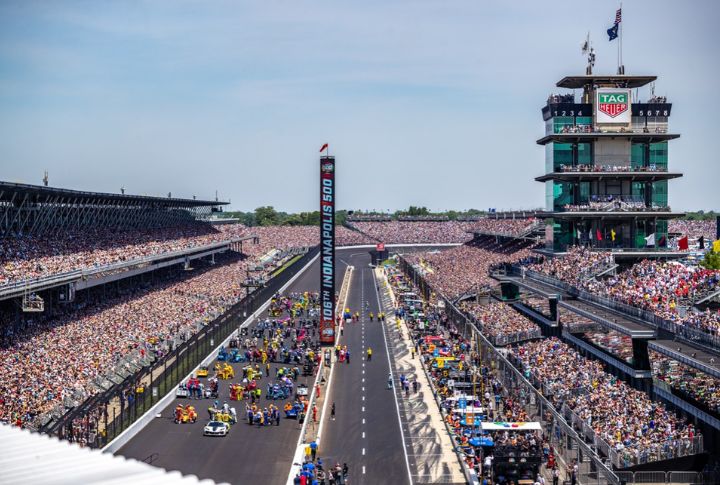
With over 300,000 spectators, Indianapolis Motor Speedway is the largest sports venue in the world. There is no doubt that this massive facility is symbolic of the Indy 500’s grandeur and significance.
A Cultural Phenomenon
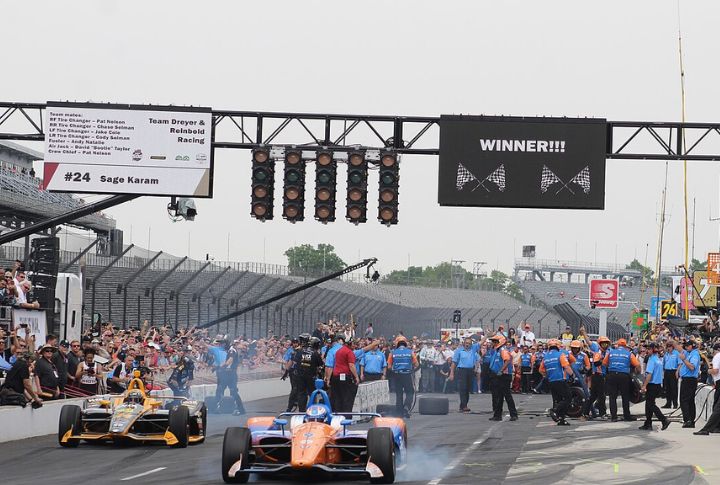
There’s more to the Indy 500 than just a race; it’s a cultural phenomenon. The event’s influence extends beyond motorsports, impacting music, movies, and fashion
Continuously Evolving History
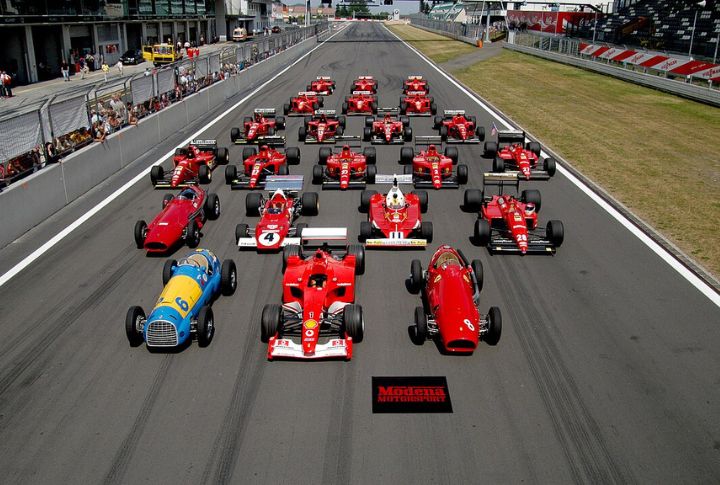
Throughout its history, the Indianapolis 500 has continued to evolve while maintaining its core traditions. This balance of innovation and heritage ensures that the race remains relevant and revered by fans of all ages.
